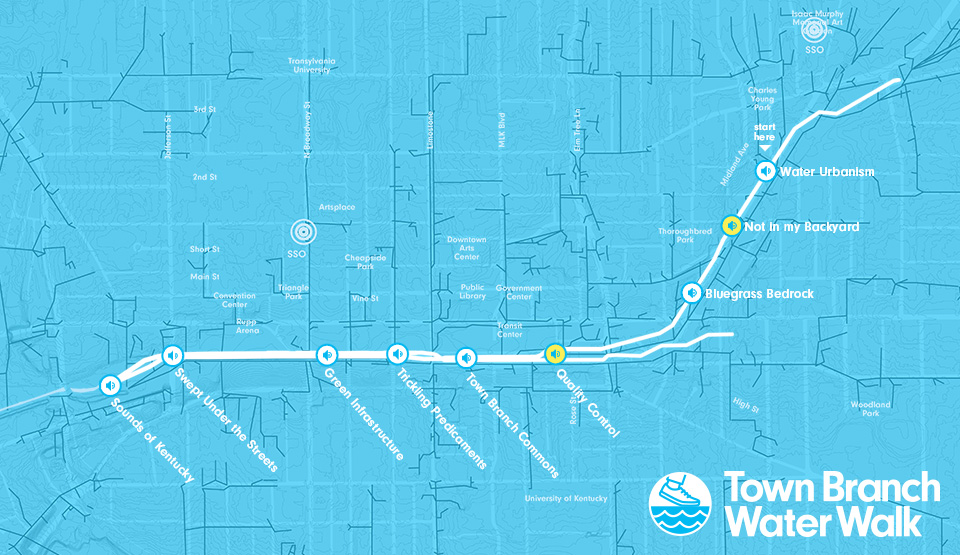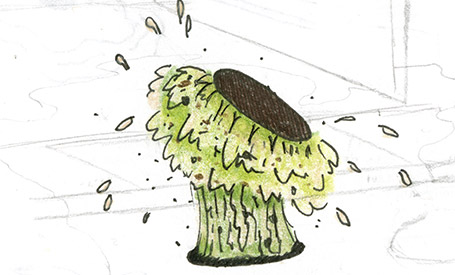Water Systems
Water systems are dynamic and complex, especially when they intersect with cities. There are many kinds of water and many ways to manage it, such as combined sewer and sanitary sewer systems. These podcasts will reveal how cities currently deal with water and some of the problems that can arise.
Terms
Wastewater: Any water that has been negatively affected in quality by human activities. It can originate from any range of domestic, industrial, commercial or agricultural activities. Stormwater runoff that collects pollutants from streets and other hard surfaces can also be classified as wastewater.
Stormater Runoff: A type of wastewater that is created when rain or snowmelt flows over land or impervious surfaces that accumulates and transports chemicals, nutrients, sediment and other pollutants and debris.
Wastewater Treatment: The process that converts wastewater into clean water that can be returned to the water cycle.
Sanitary Sewer System (SSS): An underground system of pipes and tunnels that transports untreated sewage from homes and businesses to treatment facilities.
Combined Sewer System (CSS): A sewer system that collects stormwater runoff, domestic sewage and industrial wastewater in the same network of pipes, tunnels and storage tanks and transports the combined sewage to treatment facilities.
Sanitary and Combined Sewer Overflow (SSO and CSO): During wet seasons, stormwater can overwhelm the sewer system and release untreated sewage into waterways. These events threaten the health of ecologies and communities near the sewer outfalls and can be addressed through infrastructural upgrades and better managing water flows.
Point Source Pollution: Pollution that originates from a single, identifiable source, such as a pipe, ditch, ship or factory smokestack. Sewage treatment facilities and factories are two of the most common examples of point source polluters. Sanitary Sewer and Combined Sewer Systems can become examples of point source pollution when they emit untreated sewage into waterways and waterbodies.
Non-Point Source: Water pollution from an indiscernible source; this pollution is generally a result of water runoff from rainfall or snowmelt moving over or through the ground. Such pollution can include agricultural materials, like fertilizers and herbicides, oil, grease, toxic chemicals, sediment, salts from irrigation, bacteria and nutrients from animal waste or faulty sewage systems, and more.



